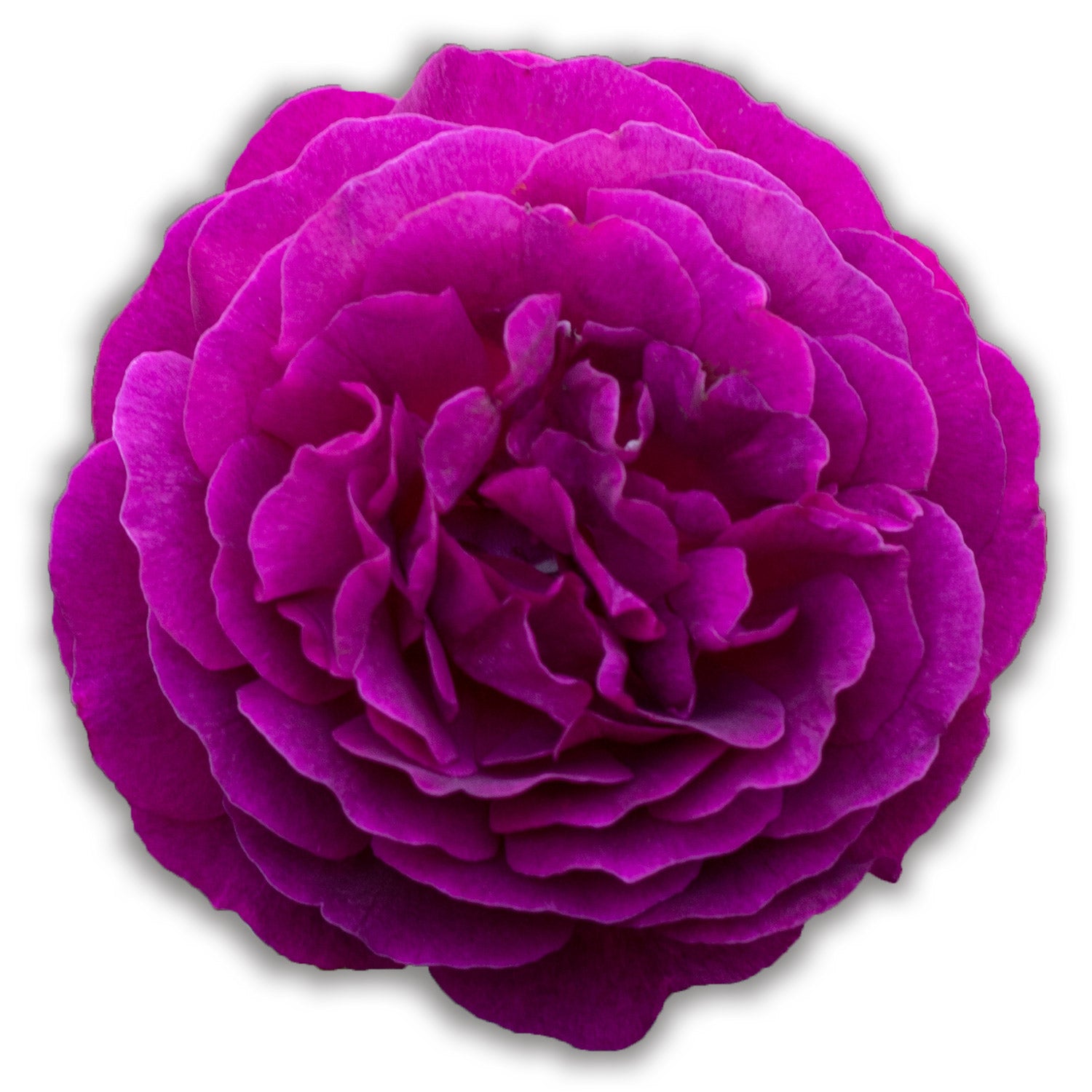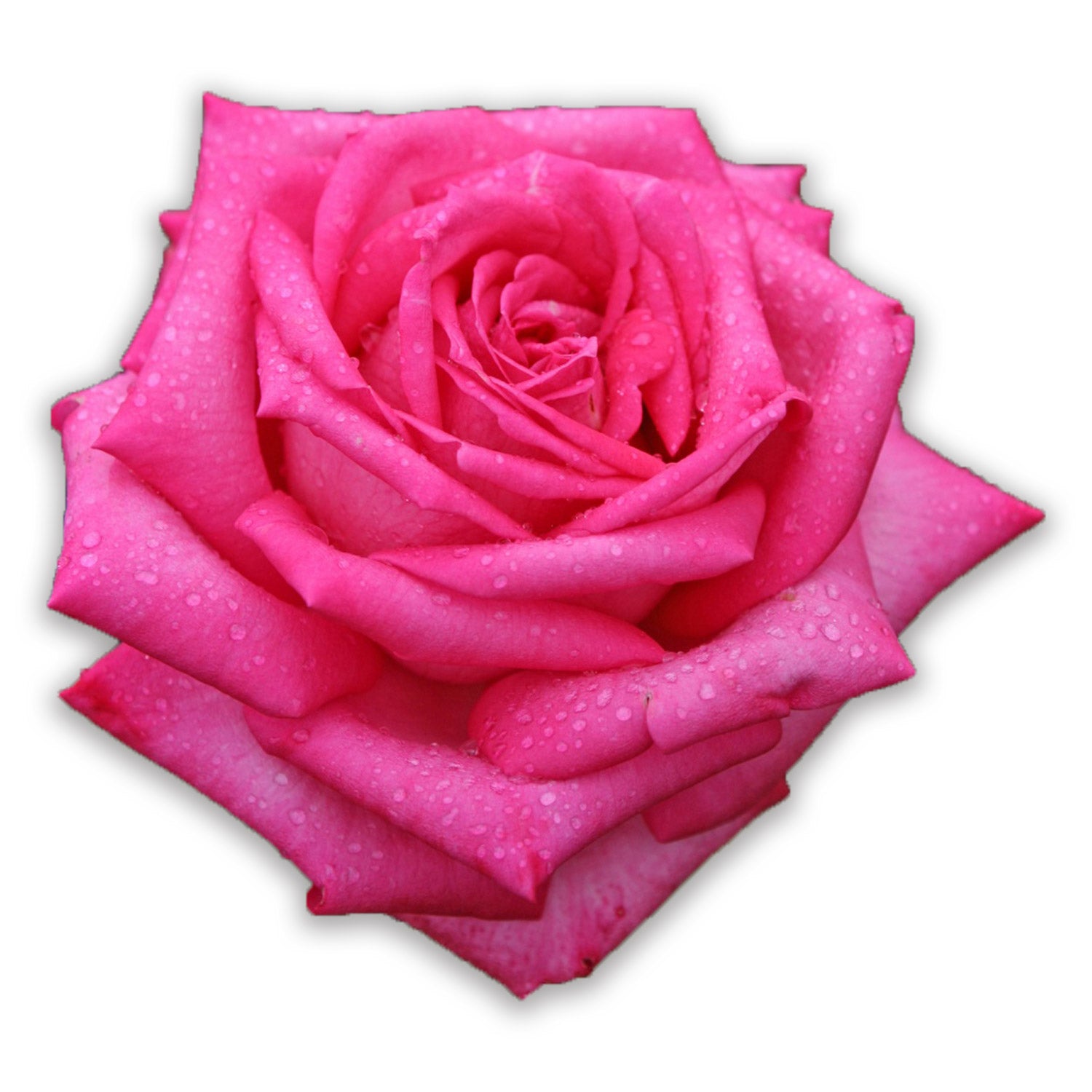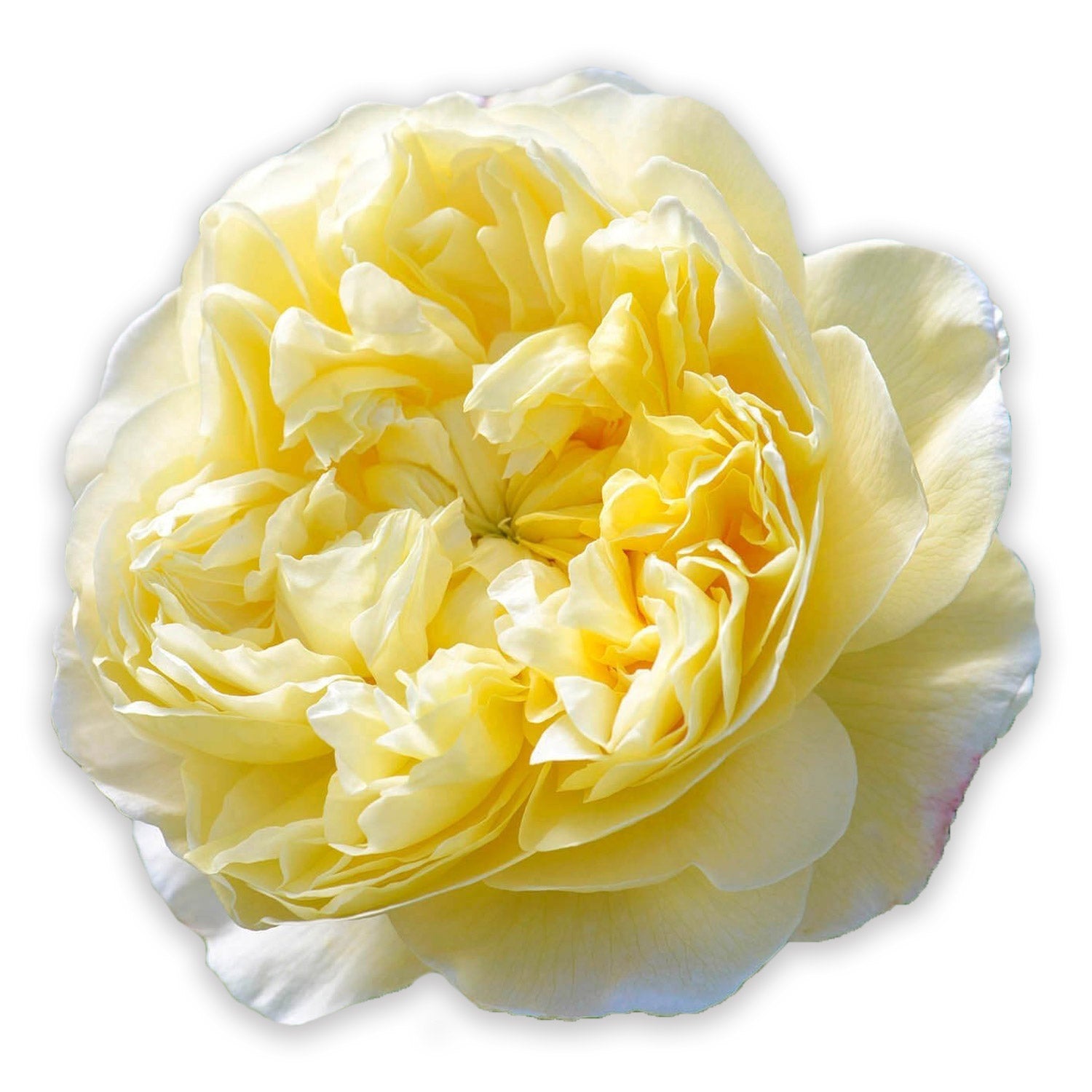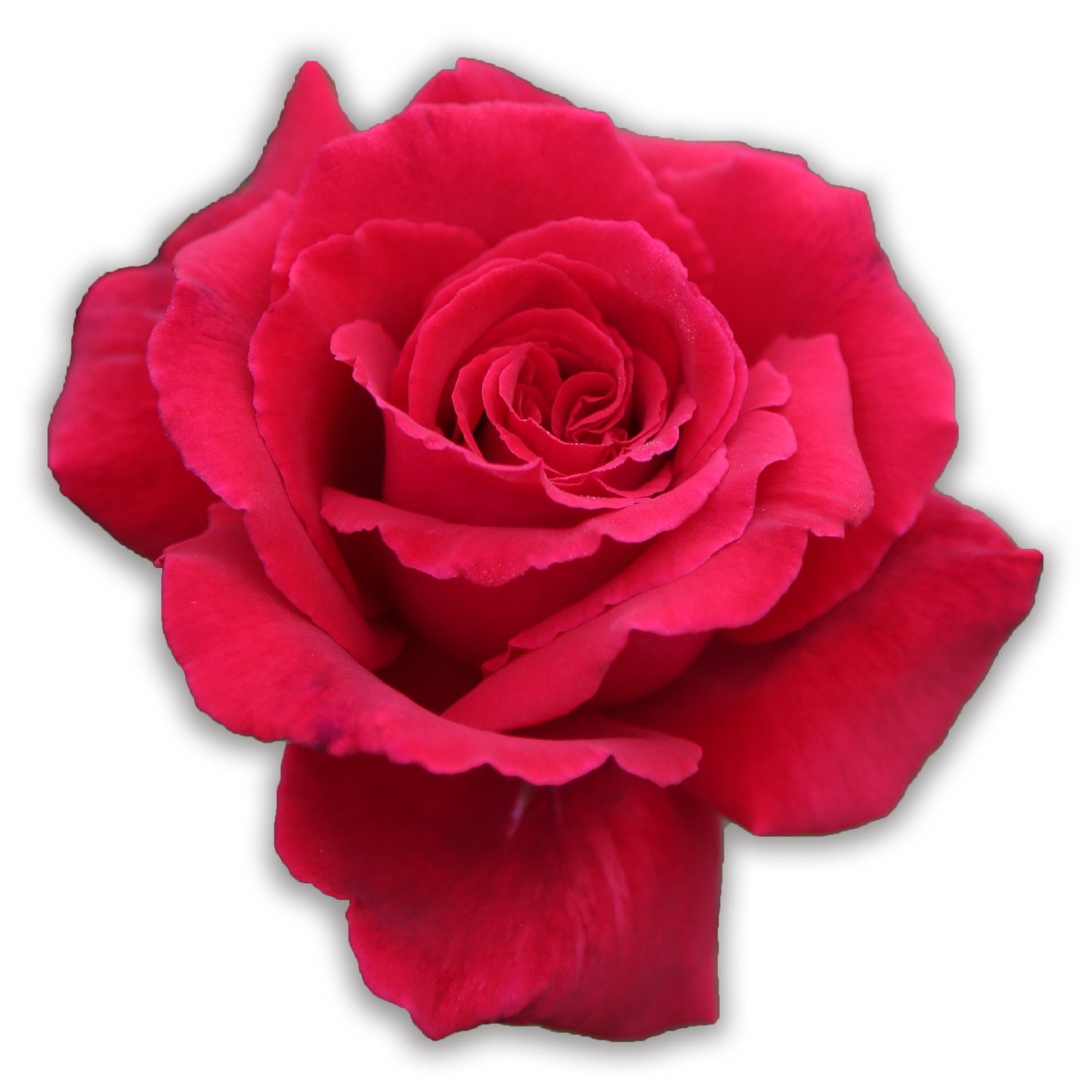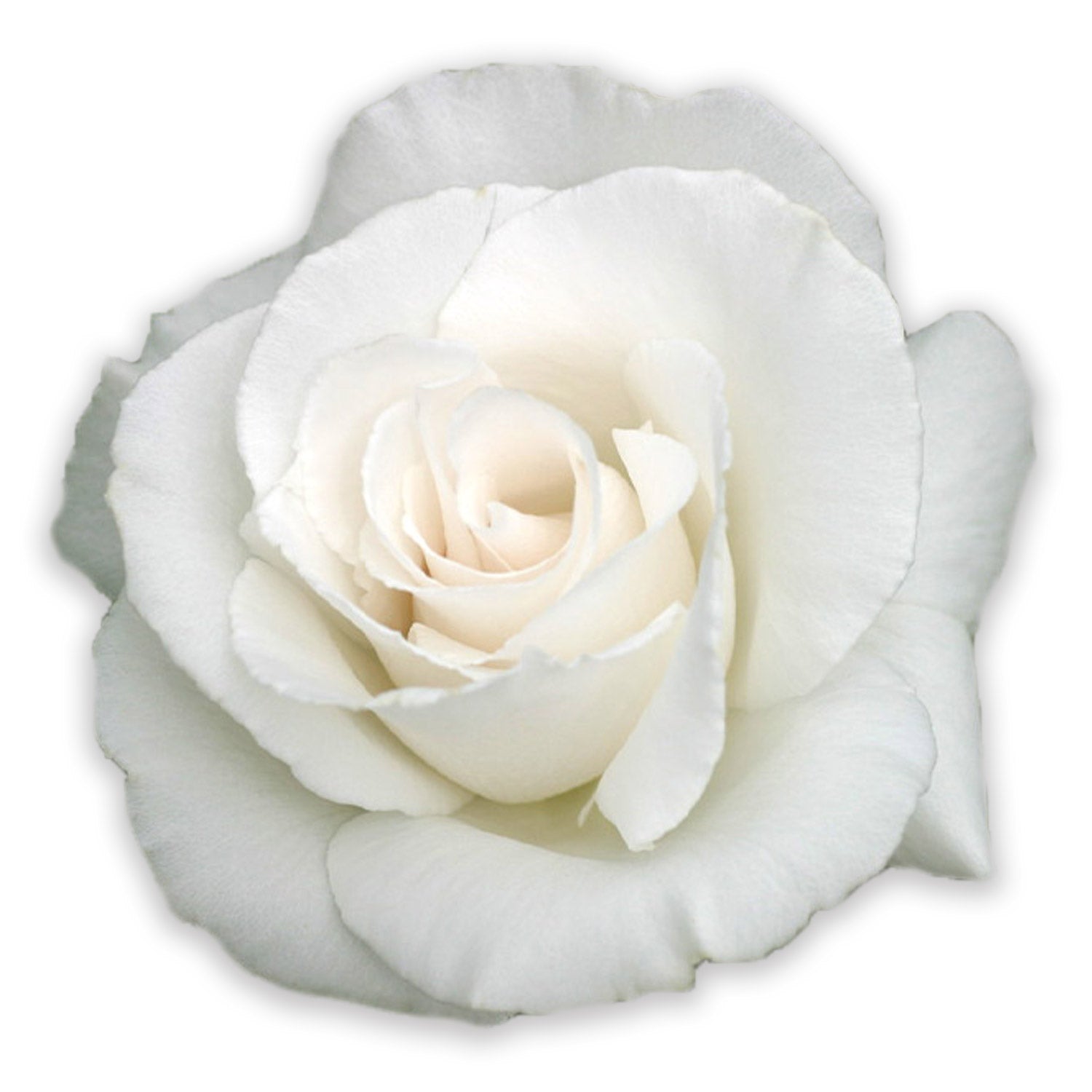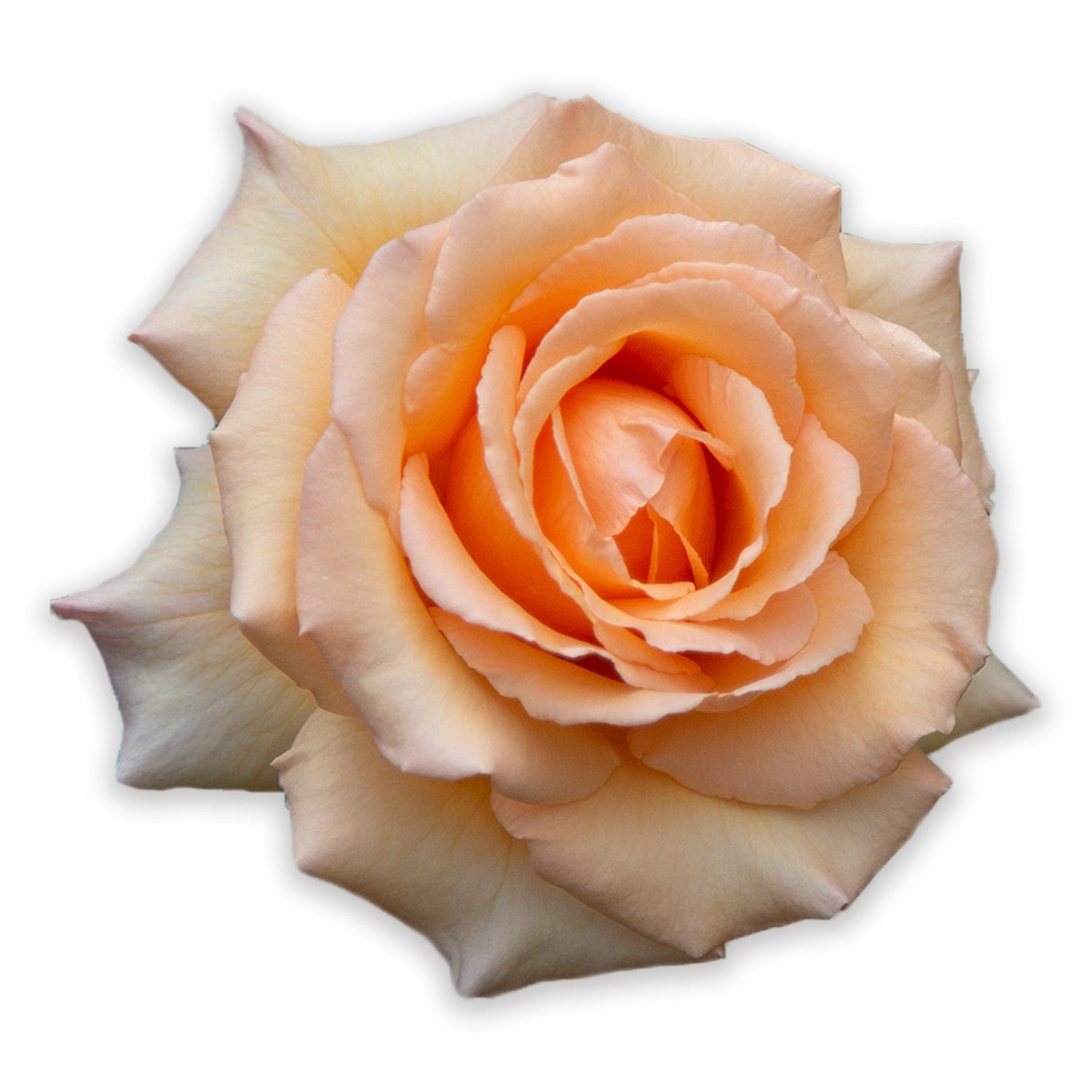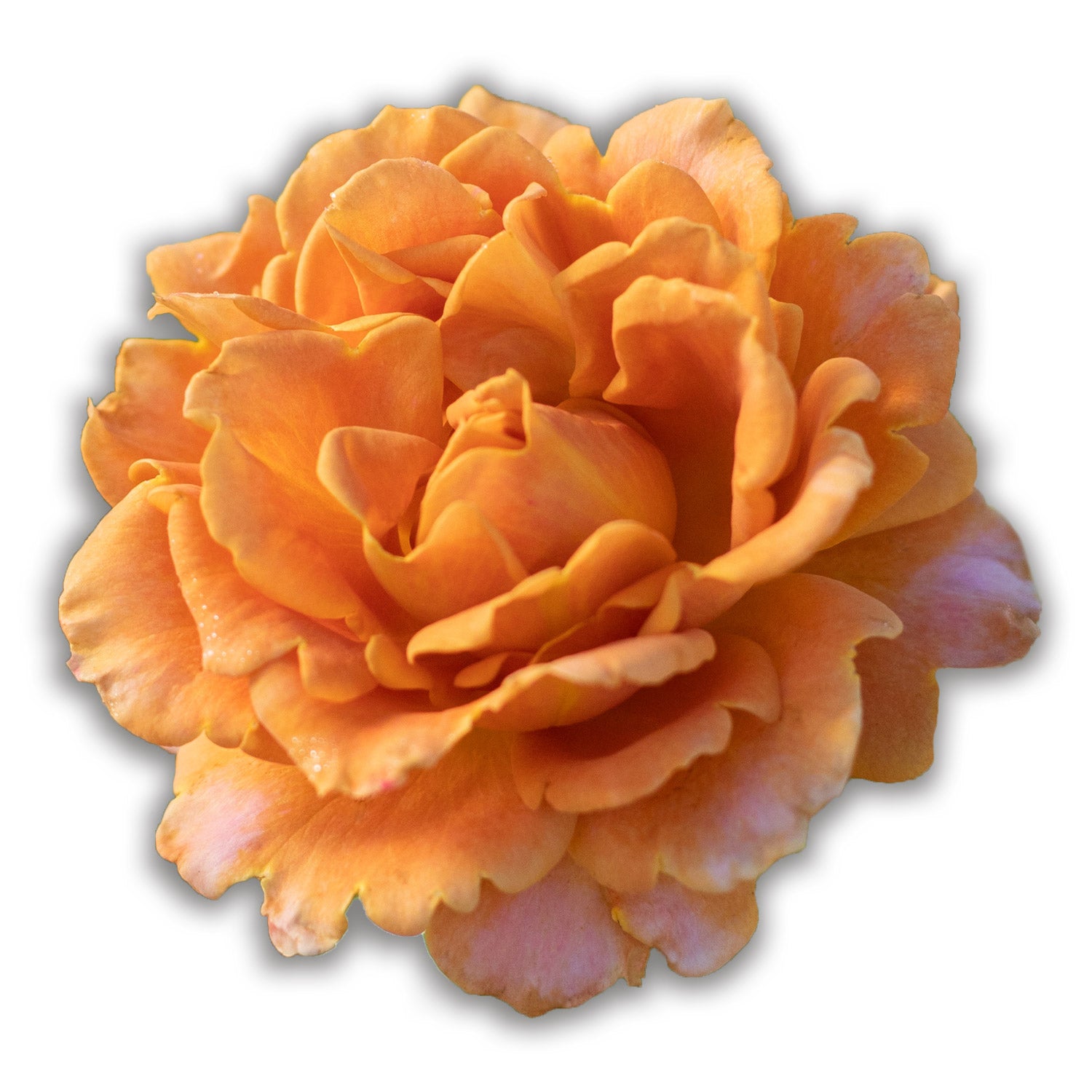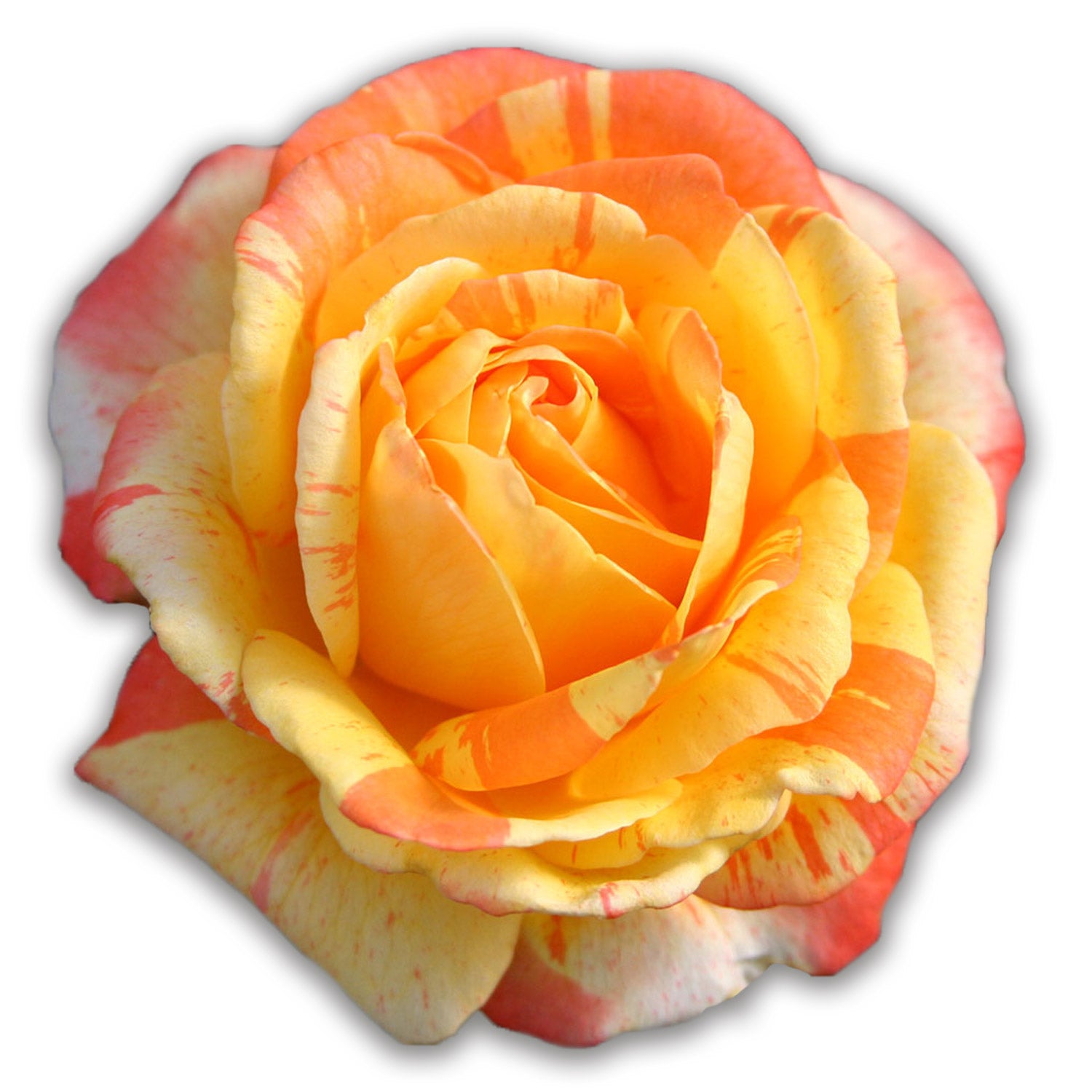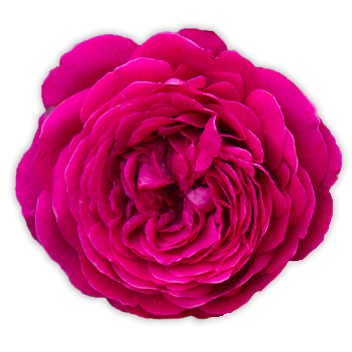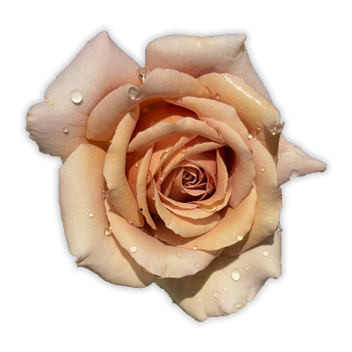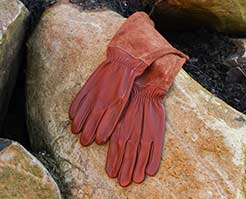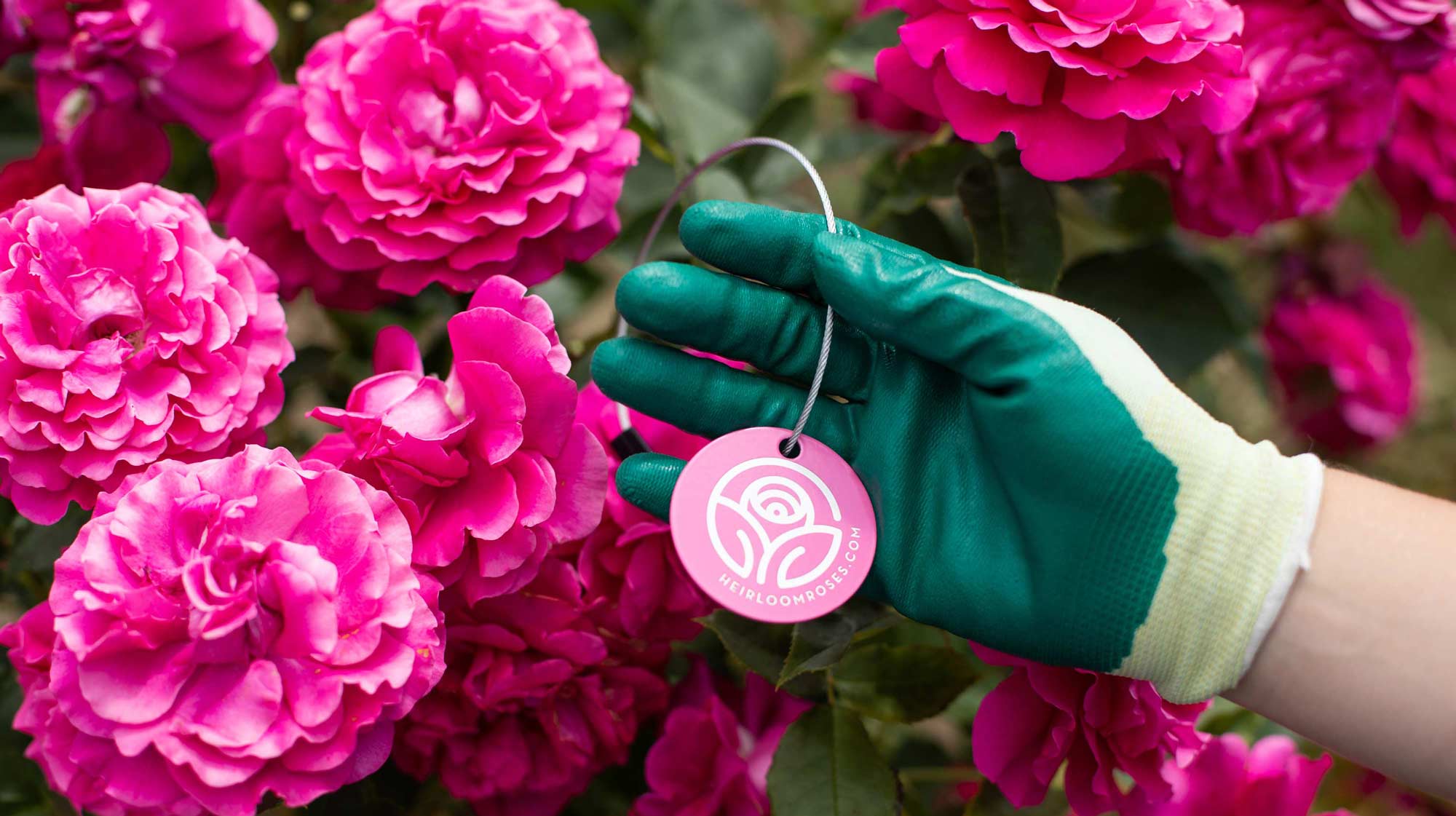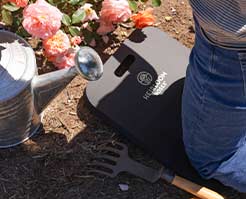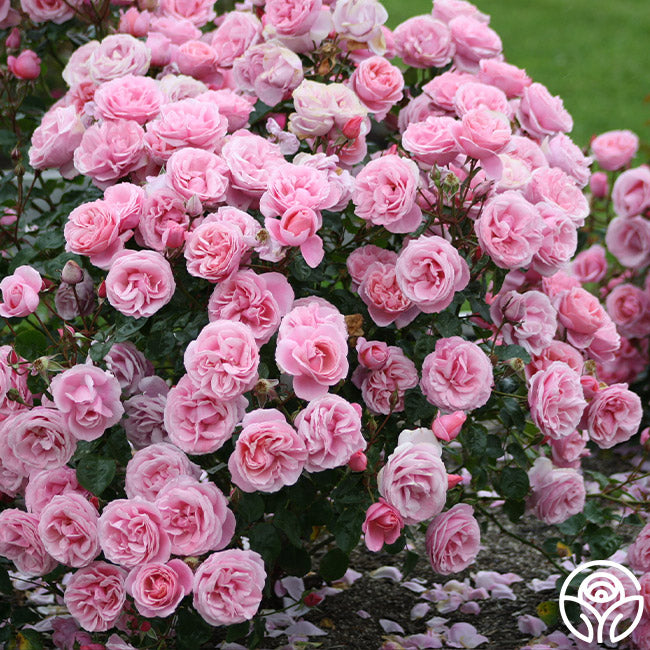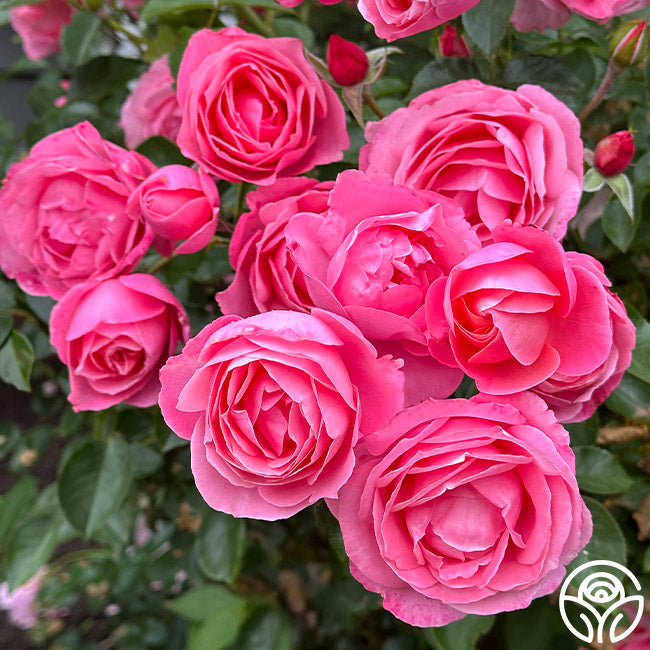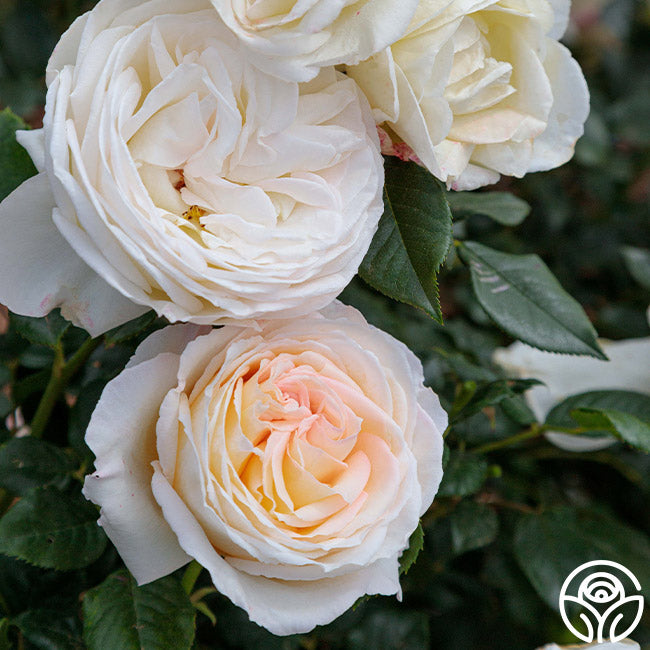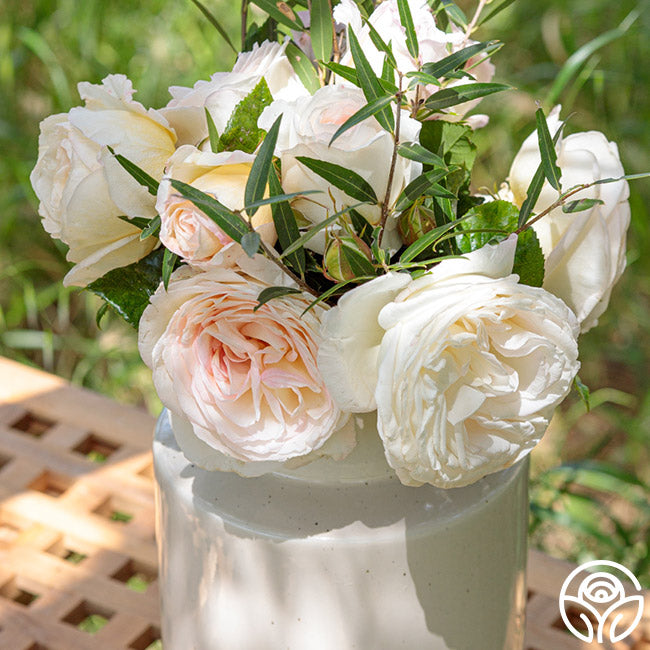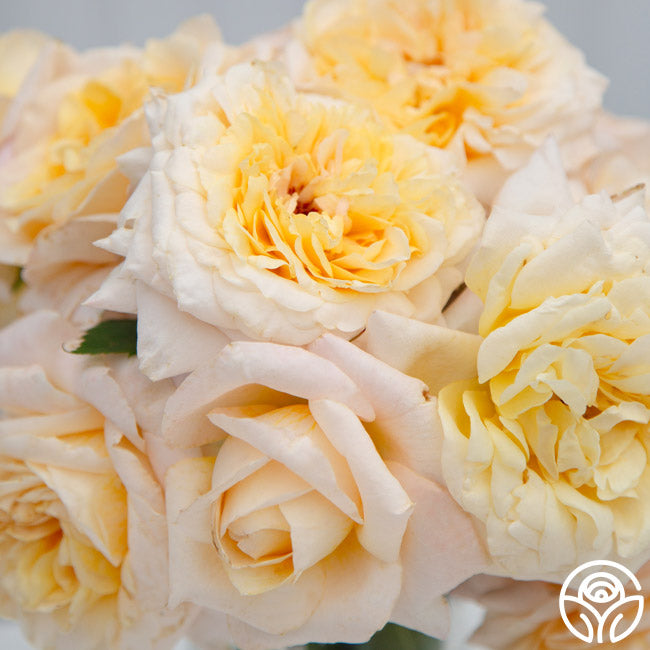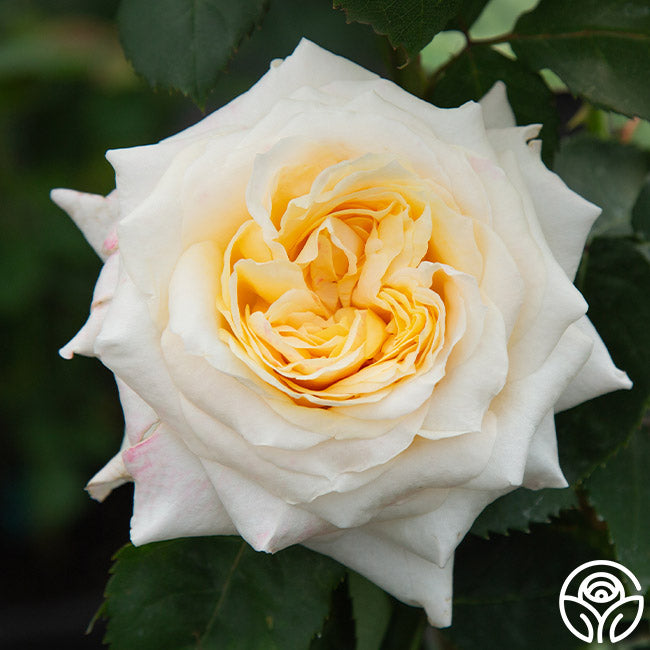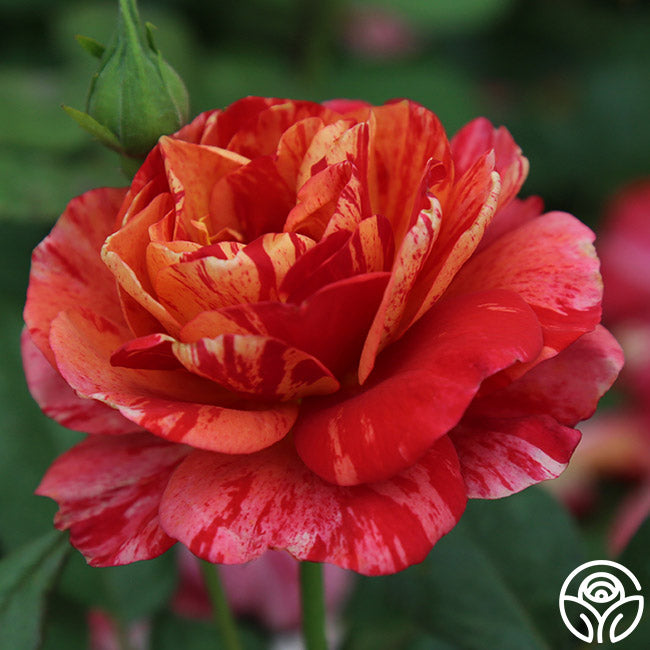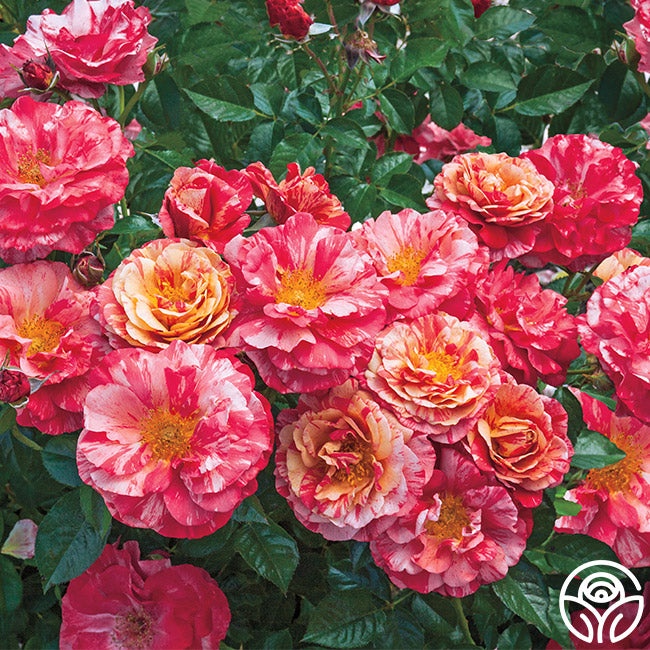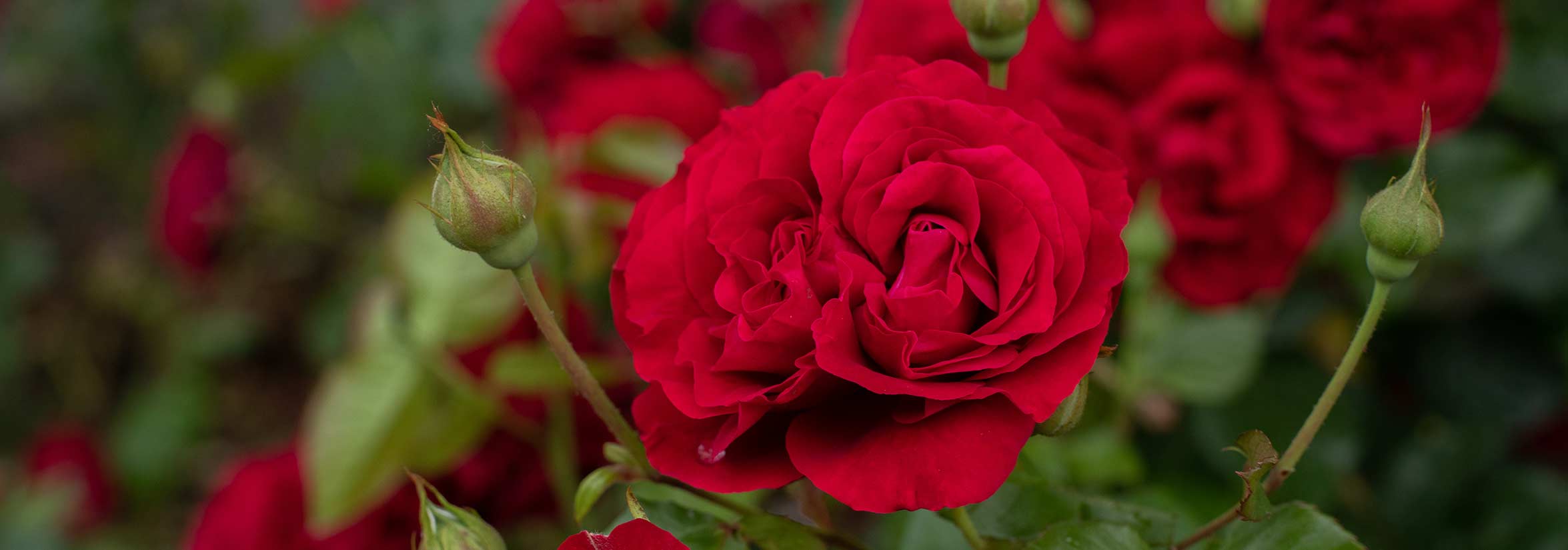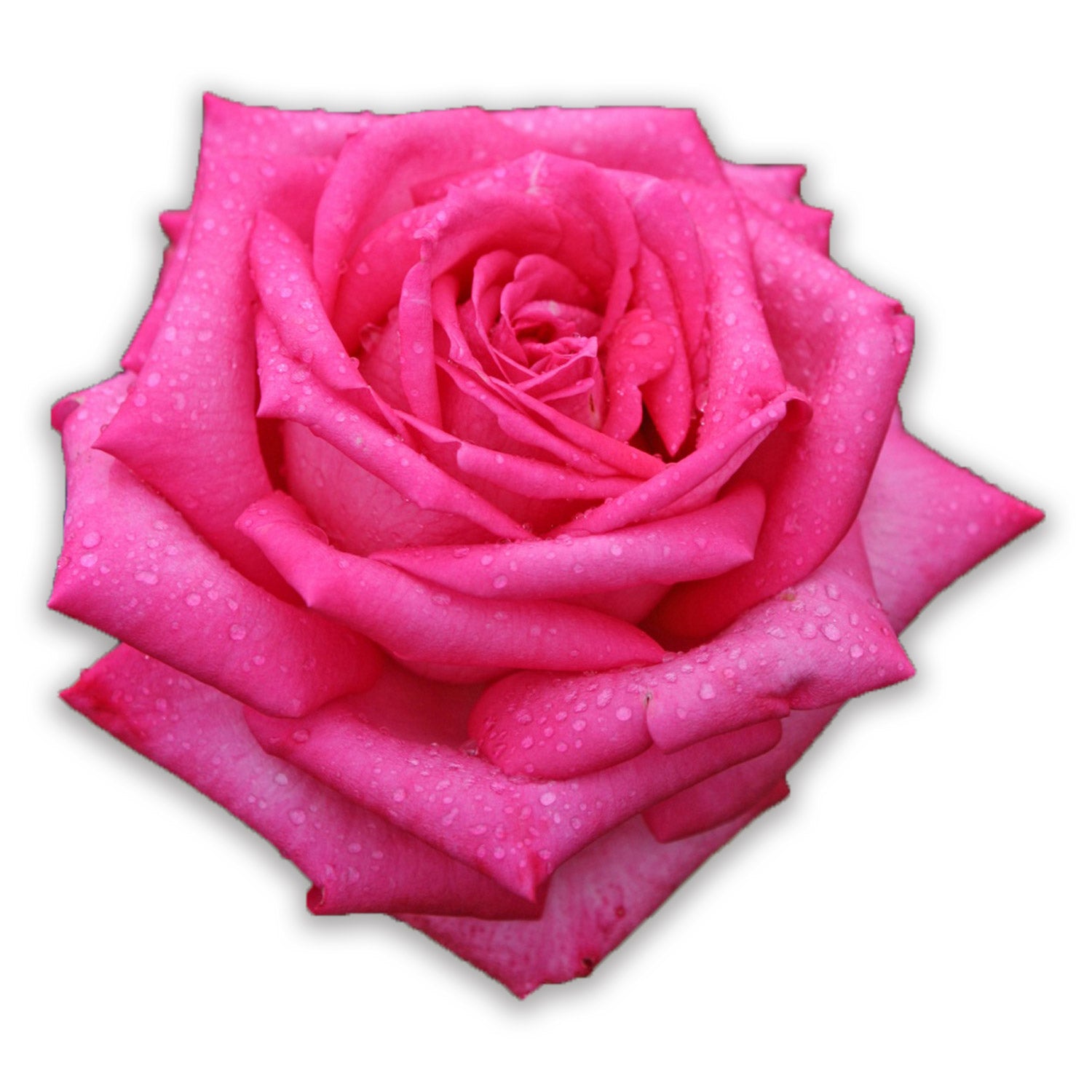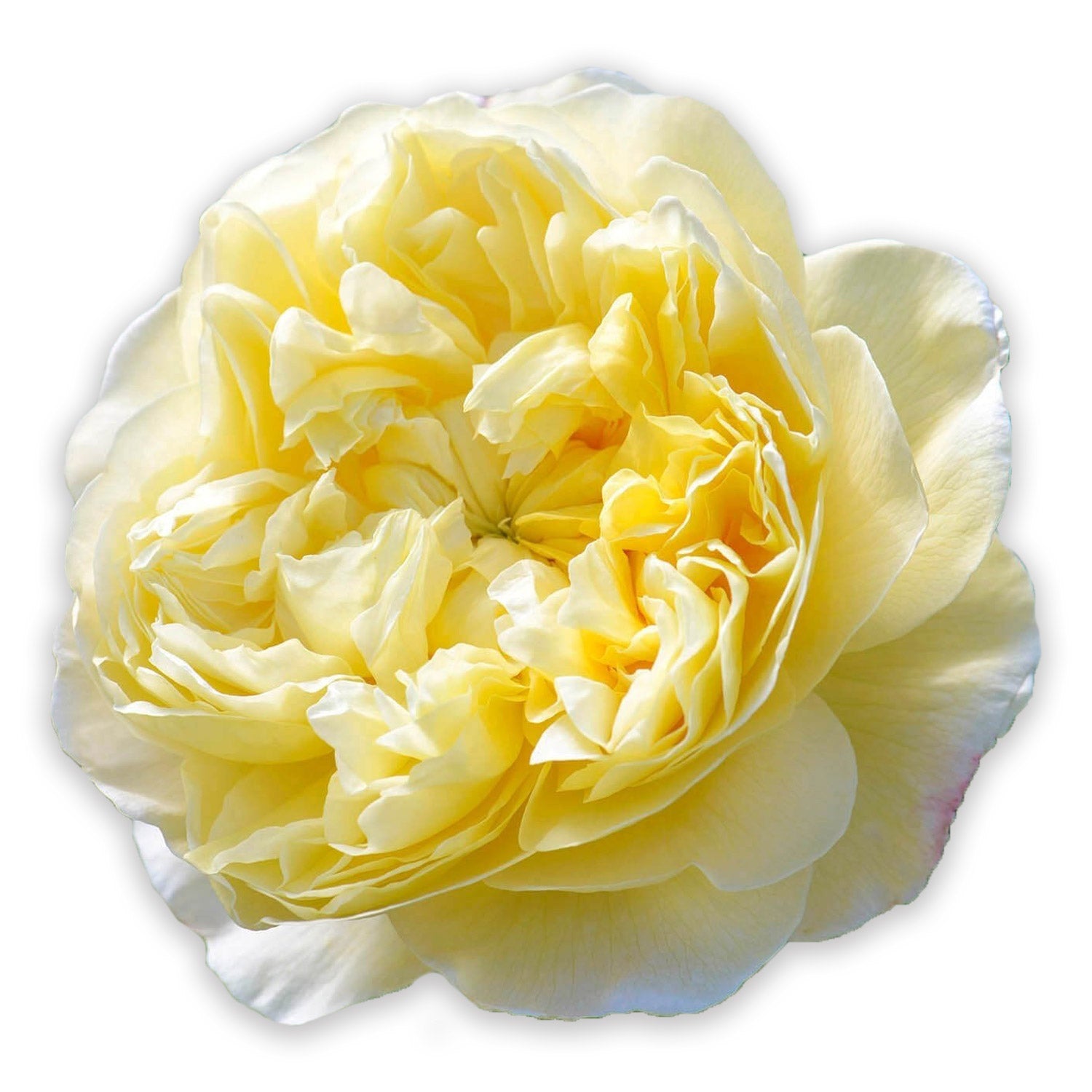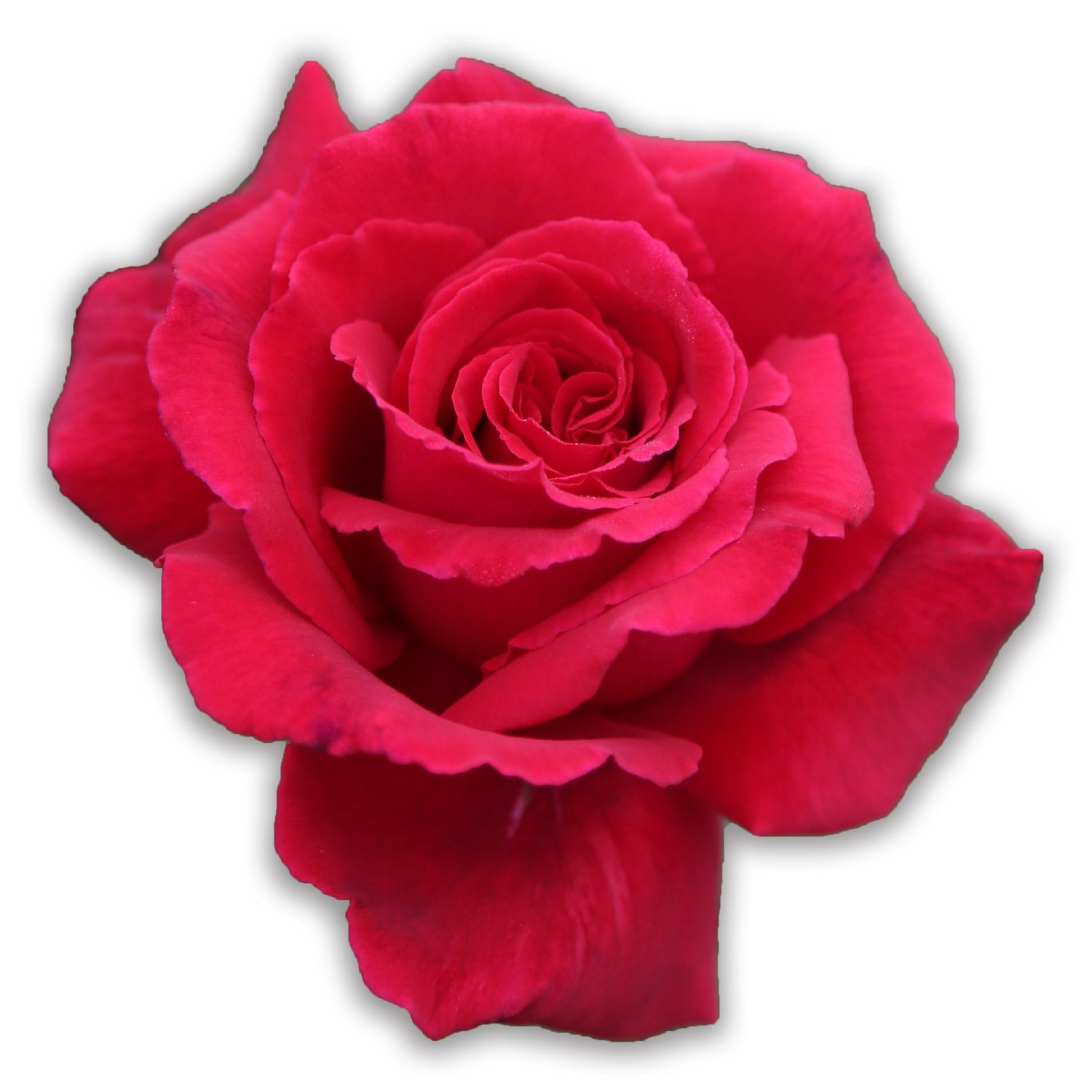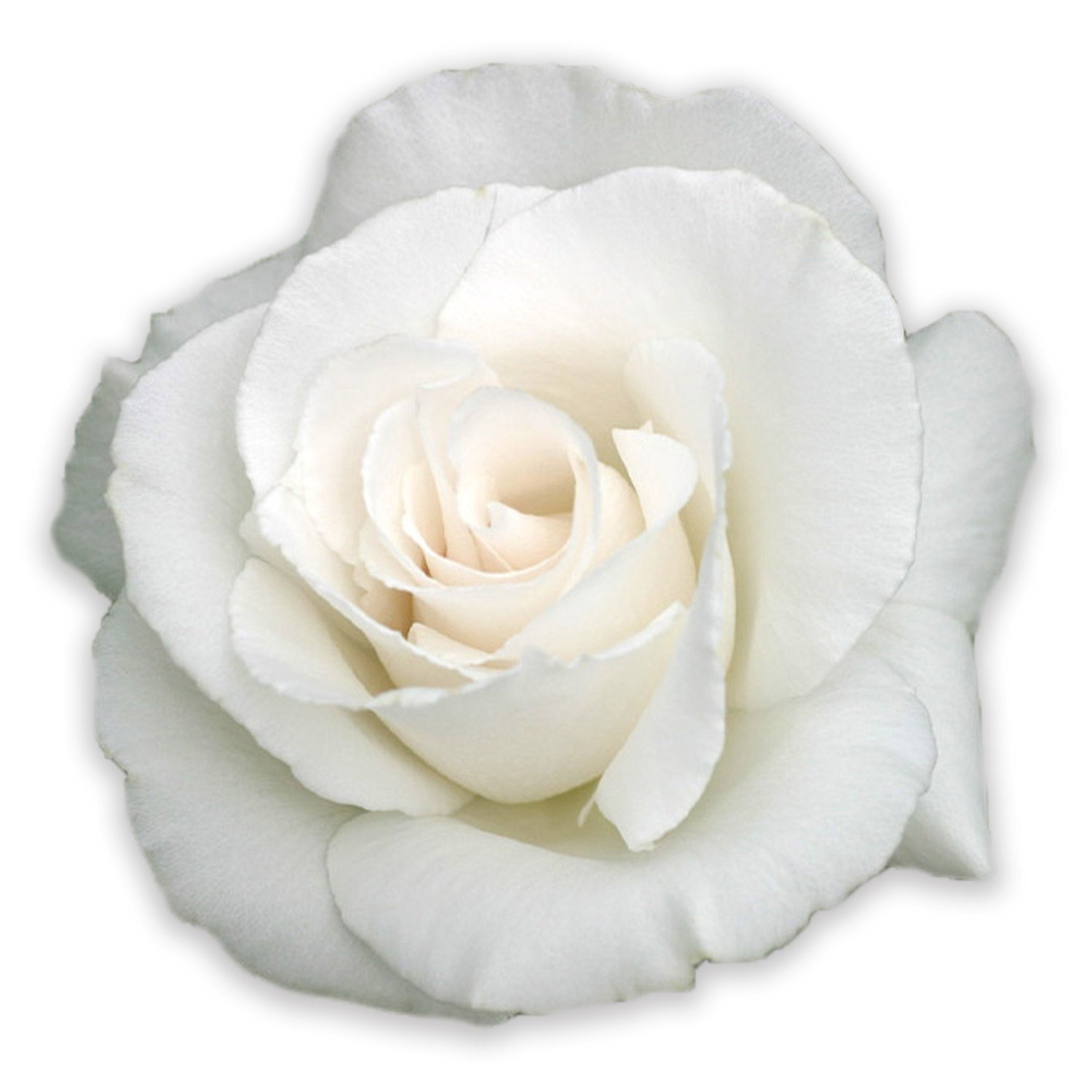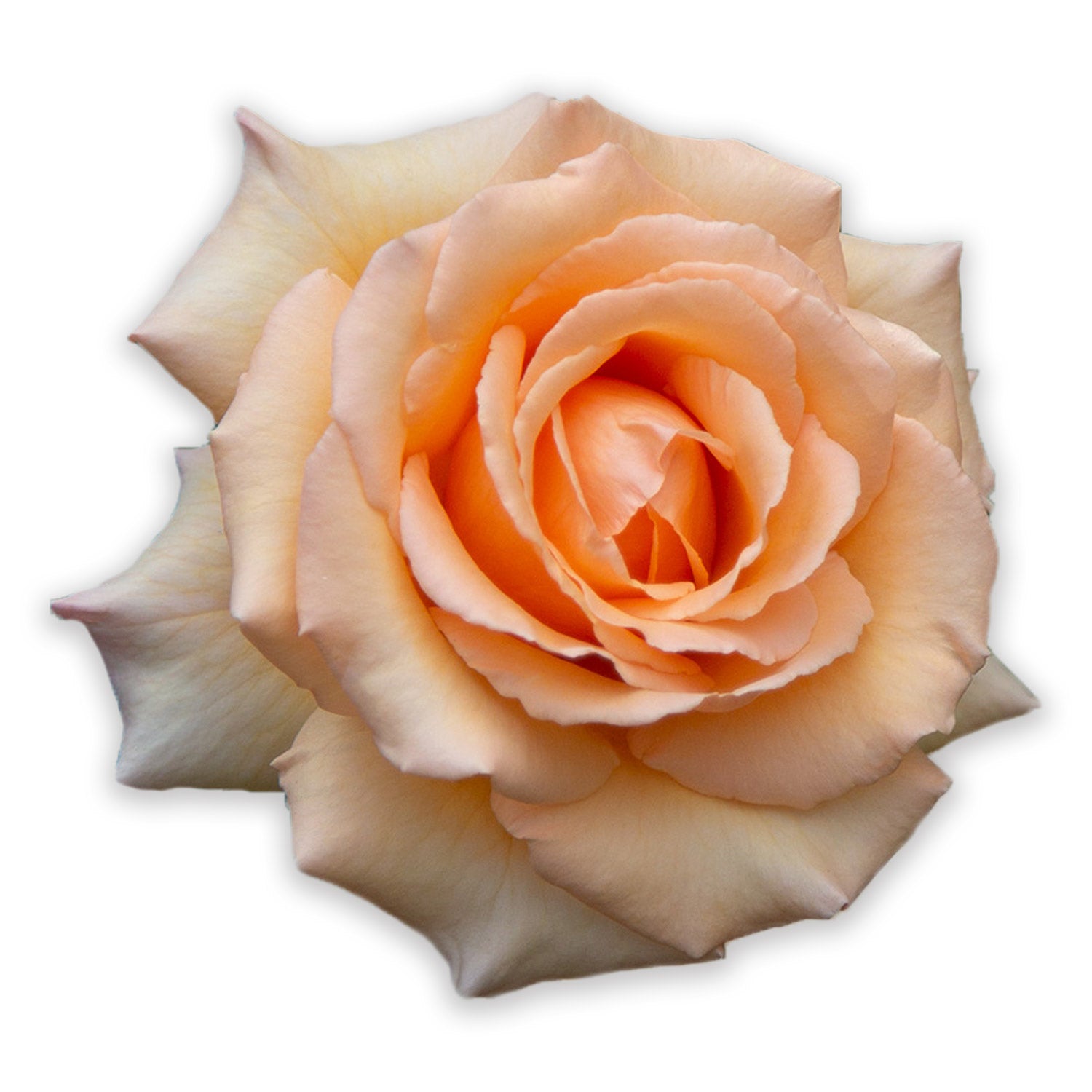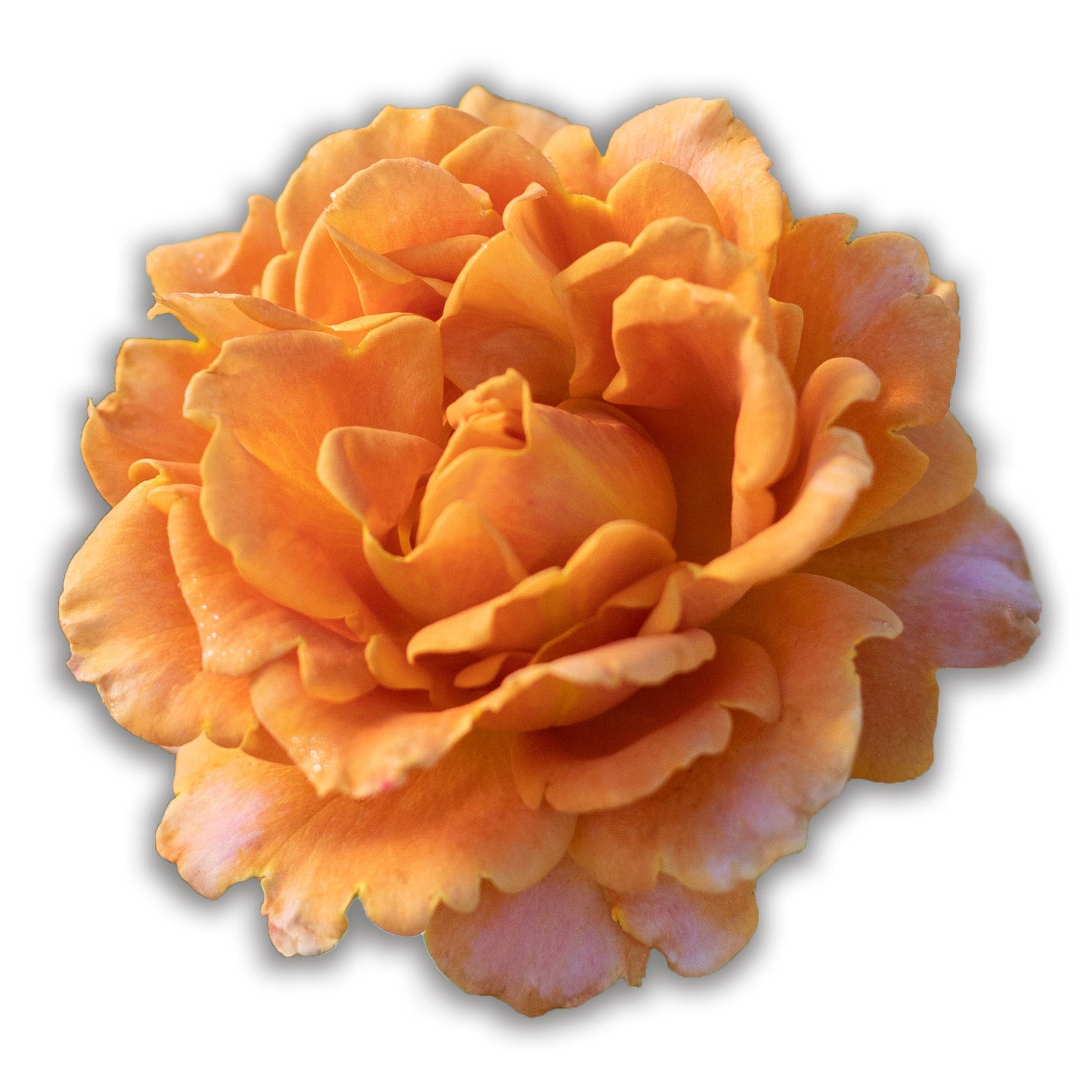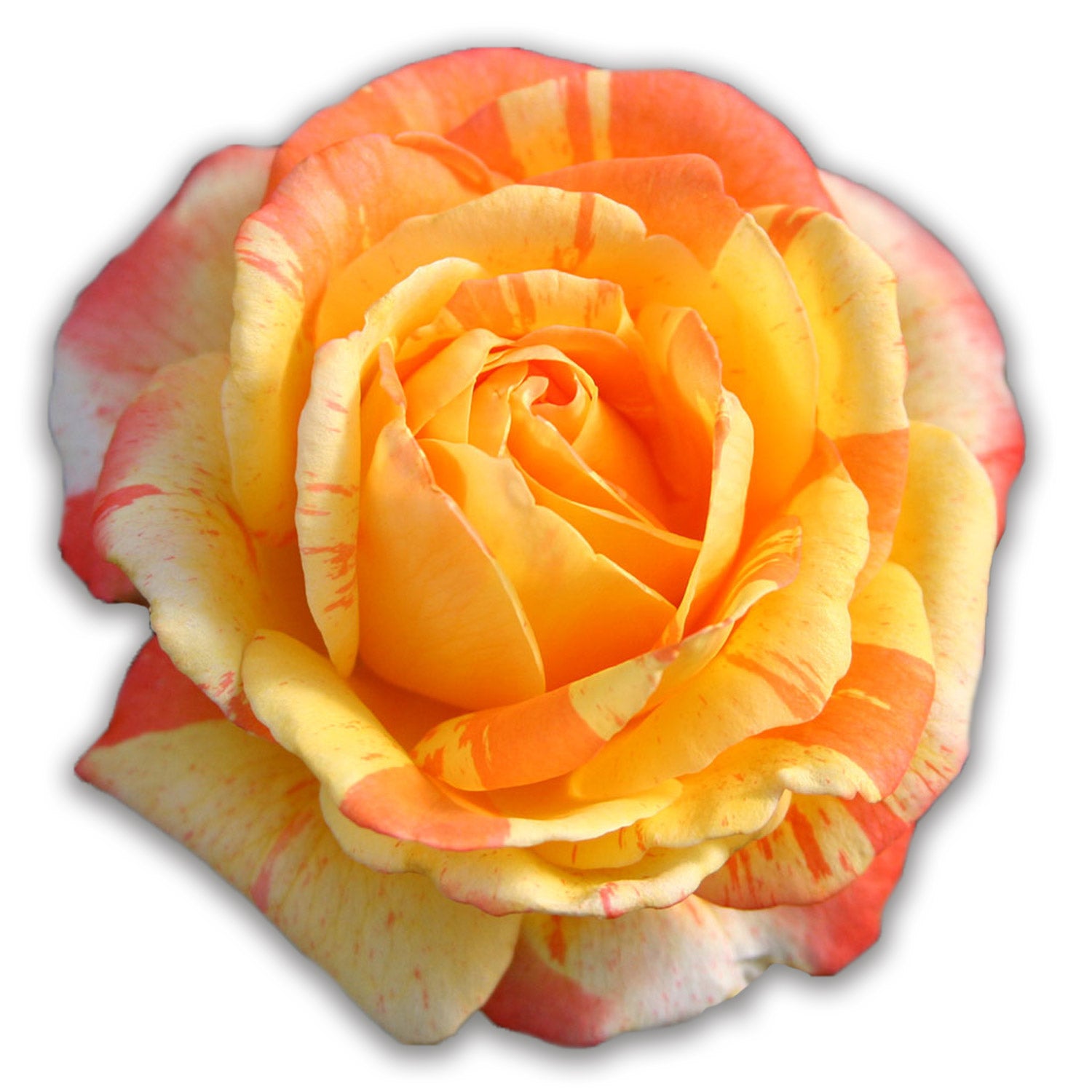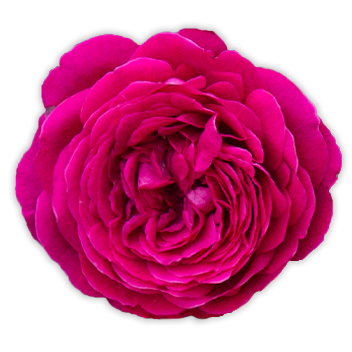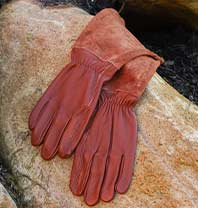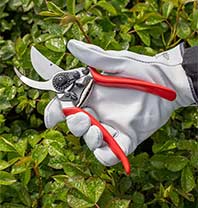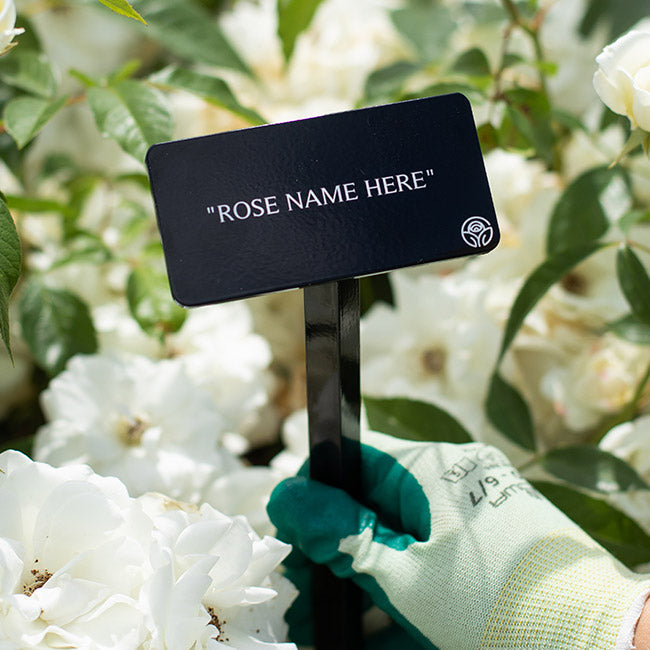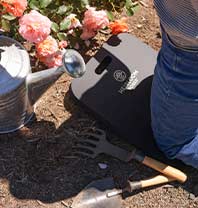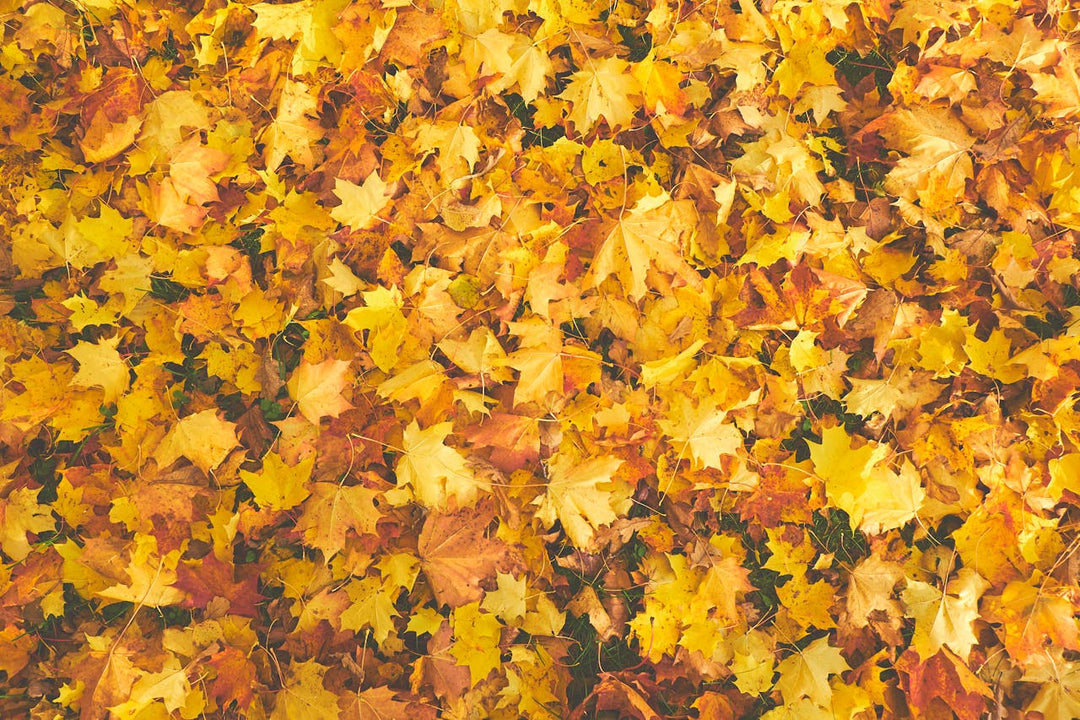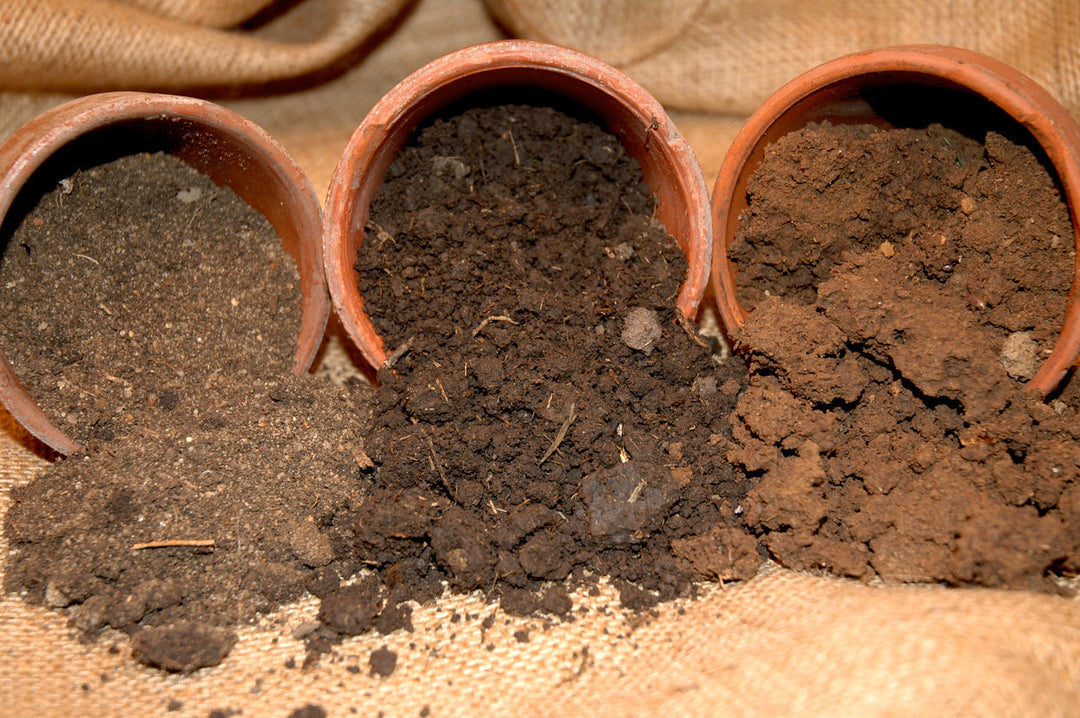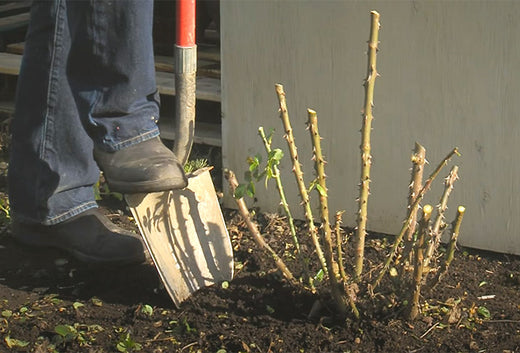The Most Effective Methods for Making a Pollinator-Friendly Garden
When designing a garden, many factors must be considered, such as the garden's style and the placement of plants to ensure they receive adequate sunlight. Another important aspect is making your garden pollinator-friendly. Why not create a haven for pollinators like bees? By selecting the right flowers, you can enhance the beauty of your garden while providing essential food for these vital creatures. Let's explore how to create a vibrant, buzzing garden that supports both nature and beauty.
What attracts pollinators to the garden?
Pollinators are attracted to gardens that offer a variety of flowers with different shapes, colors, and scents, especially those that provide ample nectar and pollen. For example, roses with one or two layers of petals make it easier for bees and other pollinators to access nectar and pollen, creating a welcoming haven for these vital creatures. By planting a diverse range of flowers, you can attract a wide array of pollinators to your garden. One of the most pollinator-friendly varieties is Rugosas. With their open petals, strong fragrances, and easy access to the center, Rugosas provide what many pollinators need to thrive.
To help you create a more eco-friendly garden, we offer a curated collection of pollinator-friendly varieties to jumpstart your efforts as well.
Which flower types are pollinators attracted to?
Bees are especially attracted to flowers that are rich in nectar and pollen. Some of the best flowers for attracting bees include lavender, sunflowers, and coneflowers. Additionally, choosing roses with just one or two layers of petals can make it easier for bees to access the nectar and pollen they need.
Many of our perennials are also pollinator-friendly, simplifying garden planning by offering a wide variety of options beyond roses to enhance your garden.

Hummingbirds, on the other hand, are attracted to tubular flowers with bright colors such as red, orange, and pink. Some great options for attracting hummingbirds include bee balm, salvia, and trumpet vine.
How can you create a pollinator-friendly garden?
To create a garden that is welcoming to pollinators, consider planting flowers in clusters rather than scattering them throughout the garden. This makes it easier for pollinators to find the flowers and increases the chances of successful pollination.
It's also important to avoid using pesticides in your garden, as these can be harmful to pollinators. Instead, opt for natural pest control methods such as companion planting and attracting beneficial insects like ladybugs and lacewings.
By following these tips and selecting the right flowers, you can create a pollinator-friendly garden that not only enhances the beauty of your outdoor space but also supports the important work of bees and other pollinators.




